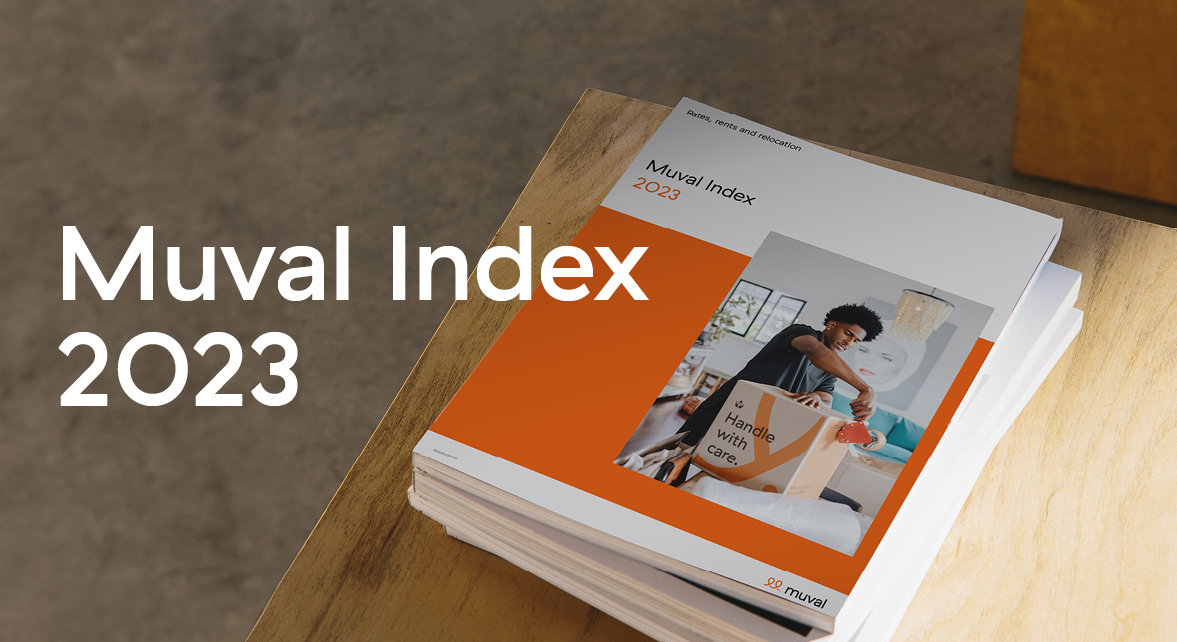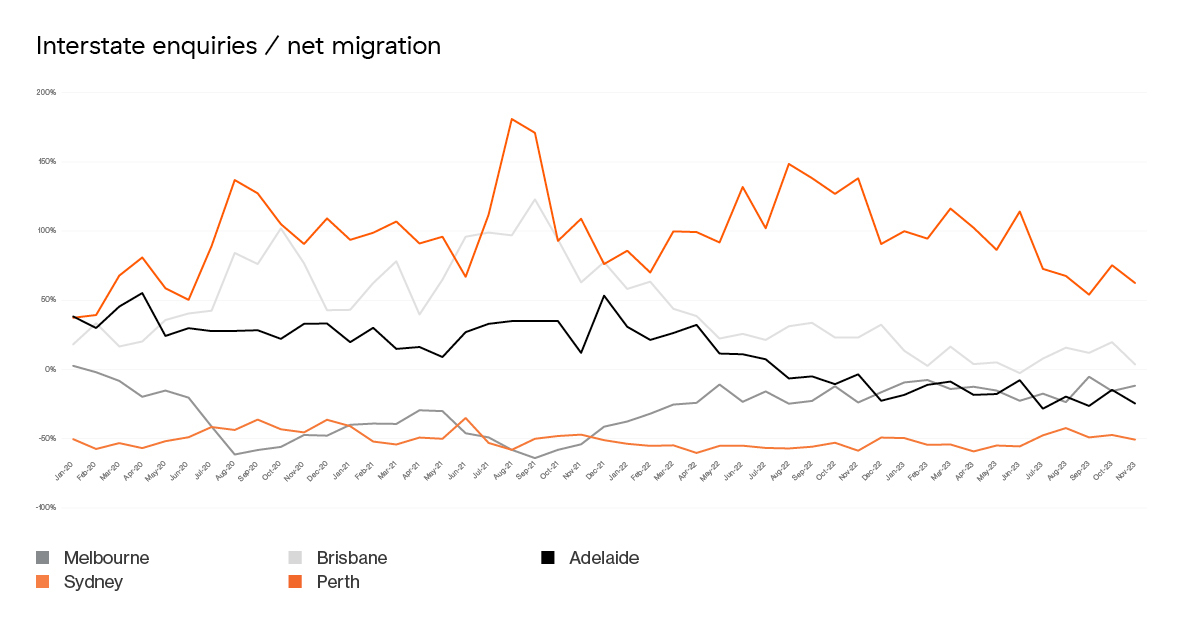Muval Index 2023 - Rates Rents & Relocation
This year's Muval Index has revealed that the cost-of-living crisis is having a major impact on where Australians live as people relocate to reduce their financial burden, for more lucrative work opportunities or more affordable housing.

A new report has revealed that the cost-of-living crisis is having a major impact on where Australians live as people relocate to reduce their financial burden, for more lucrative work opportunities or more affordable housing.
What's in the Muval Index 2023
Welcome to Muval’s third annual moving house index. In 2023 we explore the latest interstate removalists and local moving trends within Australia looking at where people are moving to and from and where the hotspots are this moving season. We also dig deeper into what the main causes for moving are and uncover what the key driving forces for movement are. Plus our Moving Guru unpacks how to move with kids, expert interviews and more.
Key findings:
- Cost of living pressures major decision maker in relocating
- A wave of couch surfing
- Moving for work trends
- Turning moving with kids into a memorable adventure
- How Aussies are sustainable when moving and sentimental
- How using a buyer's agent can help when buying property
Reasons for Australians moving house in 2023
Data sourced by national online removalist booking platform Muval for the 2023 Muval Index showed that money has become the main driver behind moves, with more than a third (35%) of 2023 relocations to reduce cost of living. This is a three-fold increase on last year, when 11 per cent of movers indicated that they were relocating to reduce their cost of living, and in stark contrast to the main reason why Australians moved in 2022, which was to upgrade their home (30% in 2022 v 16% in 2023).
Aside from cost-of-living, the main reason Australians moved this year was for work (29%) and these moves were mostly motivated by more money (57%), with around a quarter based on other economic drivers including more affordable housing (14%) or a cheaper lifestyle (12%).
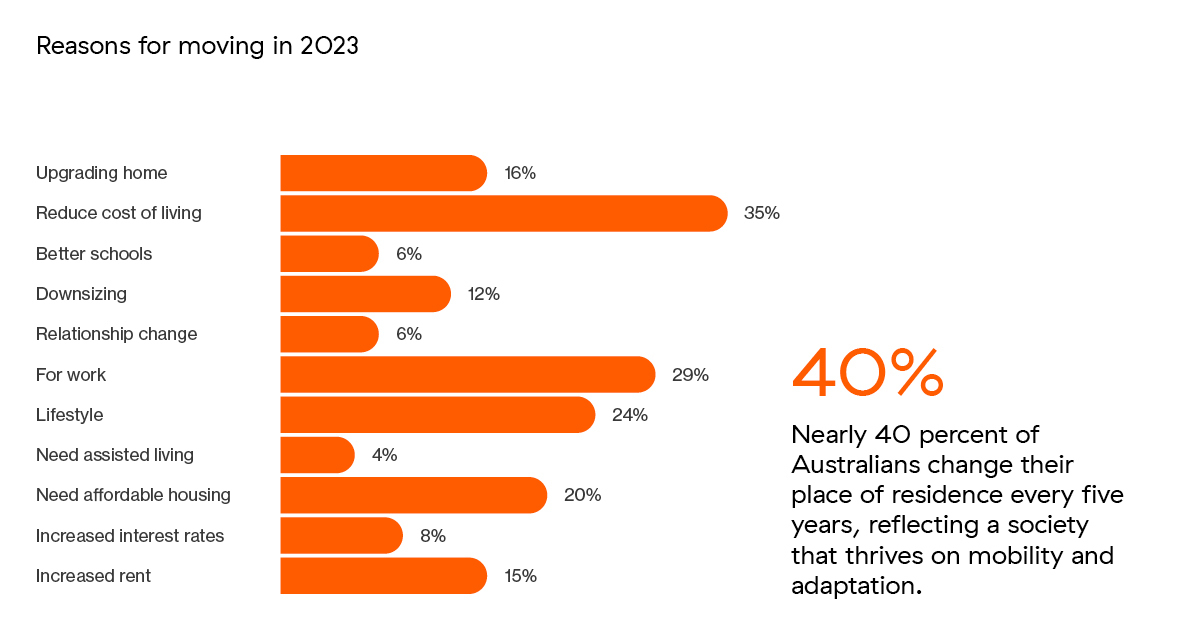
Research compiled for this year’s Index also showed that two of the biggest cost-of-living factors – rising rents and rates – have prompted Australians to move twice as much as usual. In the past 12 months, almost one in five survey respondents (18%) indicated they moved due to increased rent or interest rates, a dramatic increase on the average 10% of the population moving in any given year.
Young Australians were the most adversely affected by rent rises, with 22% of those forced out following a rental hike in the past 12 months aged 18-24, followed by 18% of 25- to 34-year-olds, which is around double the national average (11%) who have moved due to a rental hike. The rental squeeze and rate rises are affecting Victorians the worst, with 13% of those who have moved in the past 12 months due to a rent rise, and 10% who have relocated because of rates, hailing from the southern state, which is around double the rate of the other major states (NSW 7%, QLD, SA, WA all 5%).
The top trending locations for moving house
"According to our data, interstate moves are trending up as we head into ‘moving season’, and Melbourne and Brisbane are shaping up to be the summer hot spots."
While most (64%) money moves were to another suburb within the same city, rising rents and rates forced a fifth of those surveyed (22%) to move to another city, and one in 10 (9%) to cross state borders. Many of those uprooting their lives after a rise in housing costs were young Australians, with around a third (30%) of those who moved to another city after copping a rent or rate rise aged 18 to 24, followed by 25- to 34-year-olds (27%). Babyboomers (14% of 65+) and middle-aged Aussies (25% of 45-54) accounted for the most interstate traffic, while one in ten (13%) 45- to-54-year-olds made a regional move for more affordable housing after a rate or rent hike.
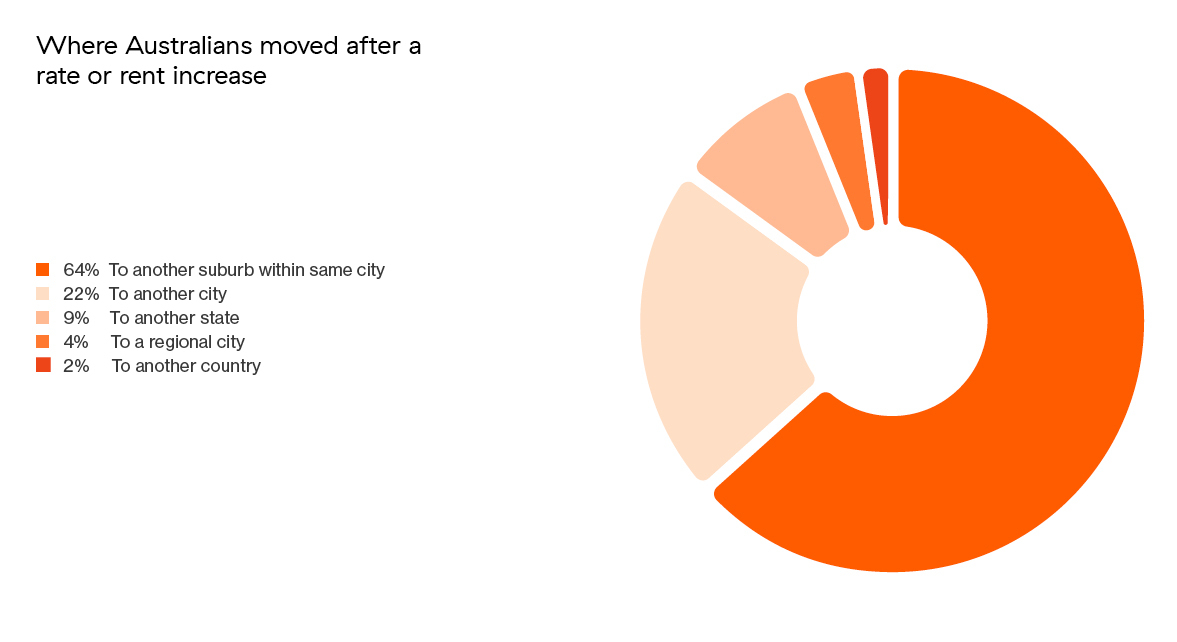
There was one other place that saw a surge in moves because of housing affordability issues – the proverbial couch. Some 16% of Australians said they had either moved in with a family member or friends, or had people move in with them, to keep a roof over their head. Unfortunately, this wave of couch surfing affected young Australians the most, with 60% of couch surfers aged 18 to 34.
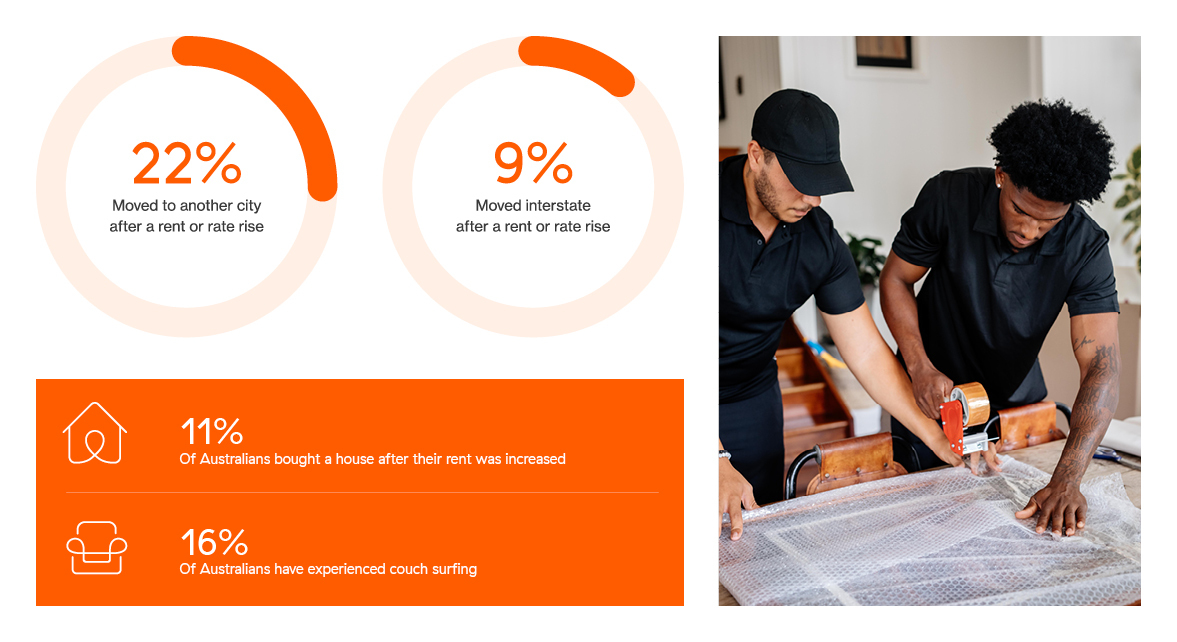
Muval’s research found that Queenslanders were the most patriotic, with the majority (80%) of those who made a monetary motivated move staying within the same city, compared to a third (33%) from Western Australia who moved to another state. South Australians were most likely (29%) to move to a region. A similar number (29%) of South Australians, along with a large number of New South Wales (25%) and Victorian residents (27%), moved to another city following a rate or rent rise.
In positive news to the current rental crisis
Proving there is a silver lining to the current rental crisis, sky-high prices reached a tipping point for 11% of respondents who bought a home after their rent was increased. Most (73%) who made the transition from rent to a mortgage did so in the past two years. NSW residents were the most opportunistic, with 13% of those who bought a house after a rent hike hailing from the state, while the majority of Queenslanders and South Australians (above 90%) kept renting amid record rent rises. Of those who took the mortgage plunge in the past 12 months, 42% were middle-aged Aussies (45-54).
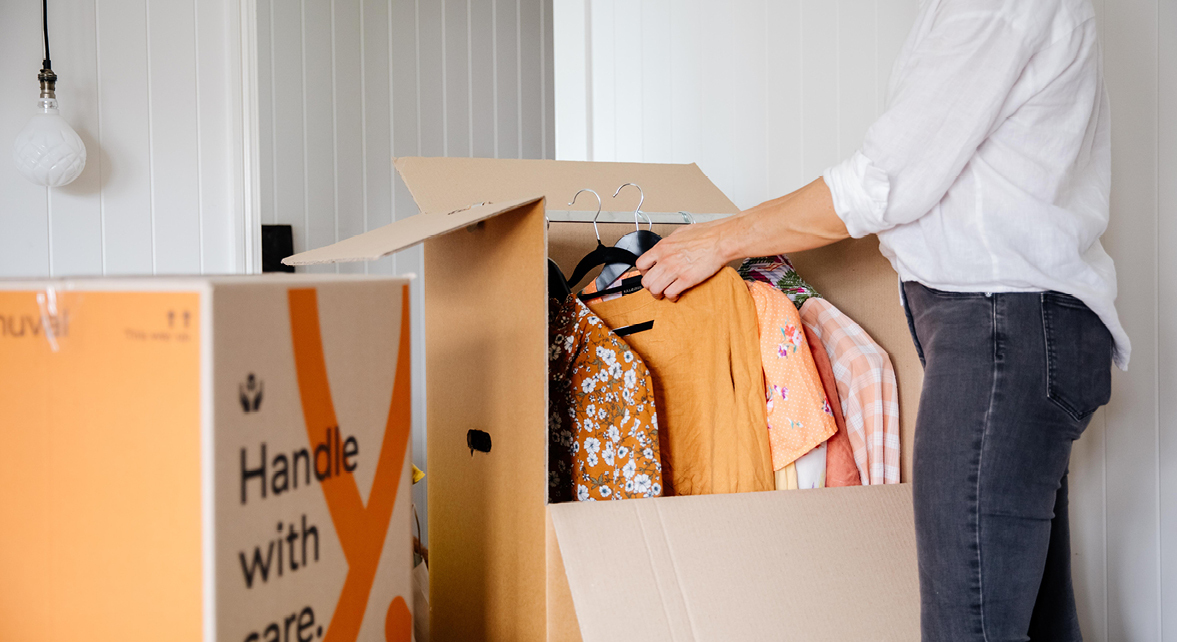
When it comes to new year’s resolutions, reducing cost of living is the number one reason Australians are considering a move in 2024 (16%), followed by a better lifestyle (15%) and more affordable housing (10%).
Relocating for work needs
What most Australians want for Christmas is a $50,000 increase in salary. One in four (25%) Australians would move if they were offered a 50K pay rise and men appear to be the greedier sex, with 27% of males wanting a large salary increase compared to 23% of women. Women were more motivated to move by a better lifestyle (16% v 12%) or cheaper cost of living (14% v 8%) than more zeroes in their bank account. More South Australians (32%) than any other major state would move for a 50K pay rise, followed by Western Australians (27%) and Queenslanders (25%). Meanwhile a fifth of (19%) Western Australians were happy to stay on the same wage in a cheaper location, twice as many as any other state.

Muval Chief Executive Officer James Morrell said there was no doubt that the cost-of-living crisis was triggering a relocation of the nation and that Australians were prepared to go to great lengths to take the pressure off.
“Over the past 12 months we’ve seen a dramatic increase in both interest rates and rents throughout the country - we’re now sitting at a 12-year high for rates, and rents have skyrocketed to record amounts in recent months. Many Australians have hit the end of the road and with no buffer left, they have no choice but to make a big change as they seek out more affordable options,” James said.
“What a difference a year makes. This time last year Australians were moving to upgrade their home, and this year moves are based on one thing – affordability. The 2023 Muval Index shows how much inflationary pressures have changed Australians’ outlook in the space of a year and what they are having to do to keep a roof over their head, whether it’s moving to a new suburb or city where housing is more affordable or accepting a job that’s paying more money, even if it means packing up the family and relocating to a different state. Our data is telling us that moving is one way that Australians are combatting the rising cost of living in 2023 and the great money migration will continue into 2024.”
Moving with Kids

The Index also puts the spotlight on moving with kids, how to turn the stress of moving house in something magic for your family. Muval's Moving Guru, Alana Lowes, shares how to add a touch of adventure to moving day plus unpacks moving tips with Jana Pittman and her 6 kids!
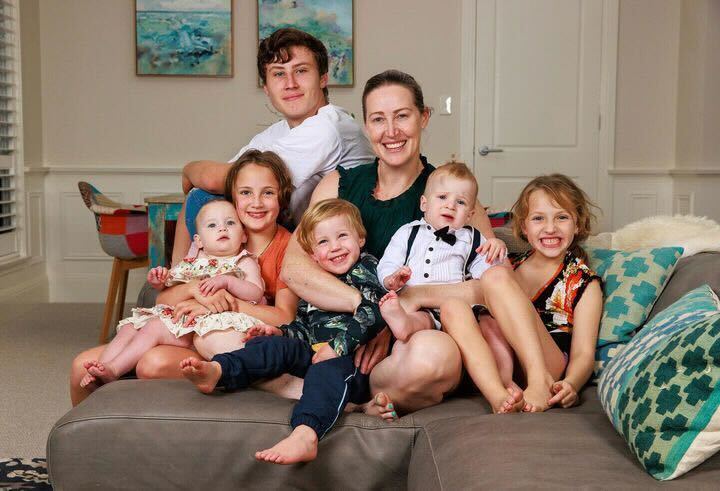
Alana also delves into buying property with an interview with The Block’s superstar Buyers Agent, Nicole Jacobs, and takes a look at Muval's research to see just how Aussie’s are being sustainable and sentimental.

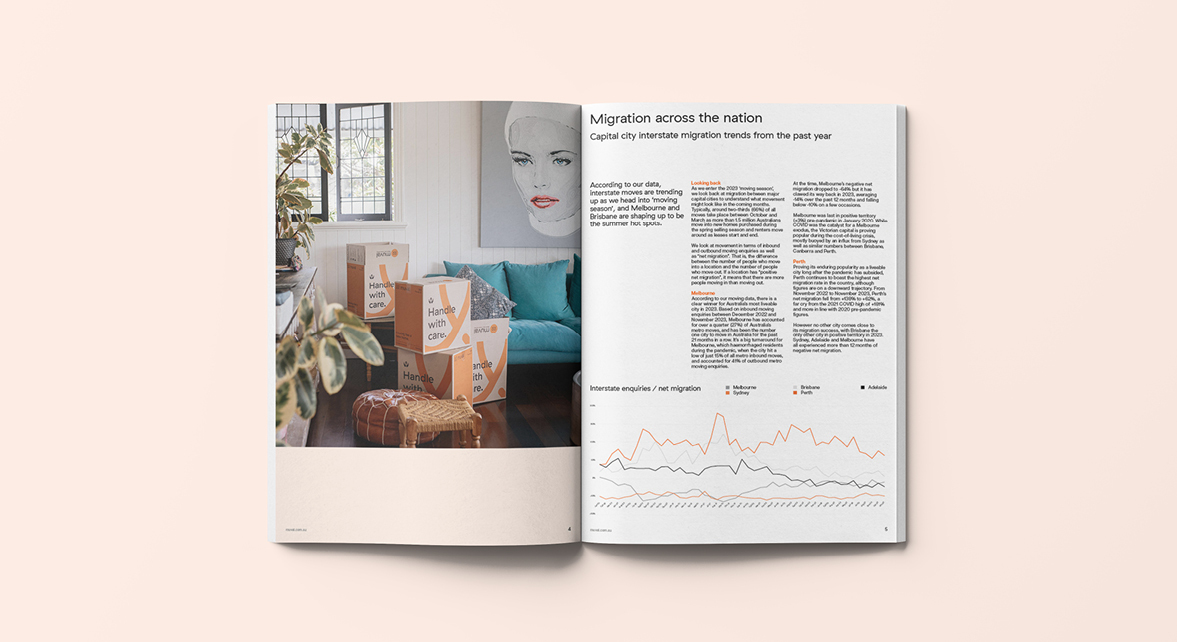
The data in the 2023 Index has been collated from a Muval-sponsored, nationally representative sample size survey of Australians as well as Muval’s own search data, which paints the most up-to-date picture of moving trends based on online searches and bookings for removalists. As people typically enquire about removalists up to 30 days before they move, Muval’s data offers a unique, forward-looking insight into where Australians are moving. According to The University of Queensland, which has validated Muval’s data after conducting an analysis of Muval and ABS data from 2020-2022, Muval is a reliable source for current and future migration forecasts.
Other Muval Index reports
- Muval Index 2025 - Housing Crisis
- Muval Index 2024 - The New Great Australian Dream
- Muval Index 2023 - Rates, Rents and Relocation
- Muval Index 2022 - From COVID to Cost of Living
- Muval Index 2021 - Unboxing the Relocation of the Nation
Download the full Muval Index 2023
Share this page on Facebook
Moving house starts here
View pricing, read reviews and book professional interstate and local removalists online.
